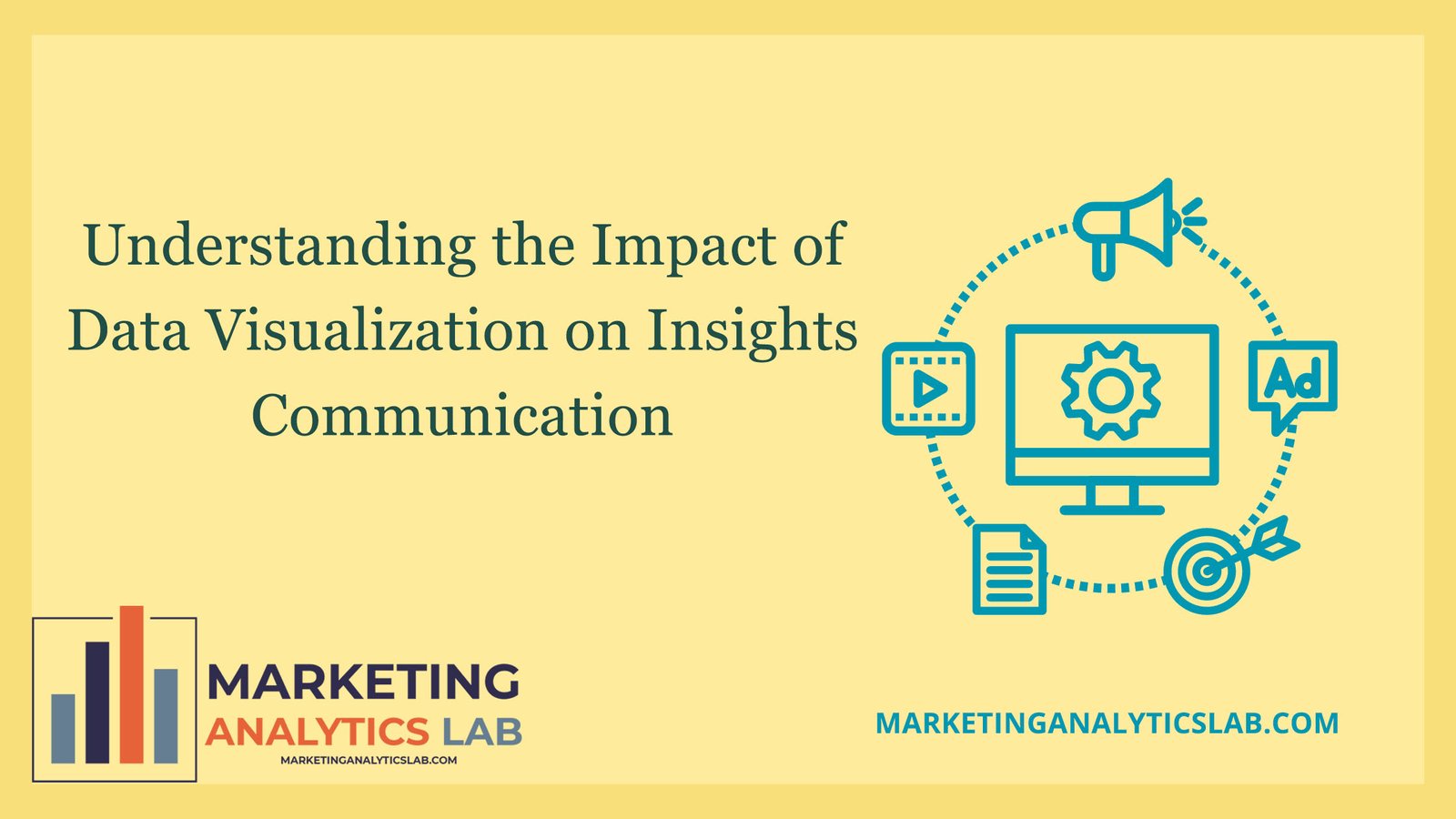Importance of Data Visualization in Insights Communication
In the world of data analysis and business intelligence, data visualization plays a crucial role in communicating insights effectively. The human brain processes visual information much faster than text or numbers, making data visualization an essential tool for conveying complex information in a clear and concise manner. By representing data in visual forms such as charts, graphs, and dashboards, analysts can help stakeholders easily understand trends, patterns, and relationships within the data. This not only simplifies the communication of insights but also enhances decision-making processes by providing a more intuitive way to interpret information.
Moreover, data visualization helps to uncover hidden patterns and correlations that may not be immediately apparent when looking at raw data. By visually representing data, analysts can identify trends, outliers, and anomalies more easily, leading to deeper insights and a better understanding of the underlying data. Additionally, visualizing data allows analysts to communicate complex ideas and concepts more effectively, making it easier for stakeholders to grasp the implications of the data and make informed decisions based on the insights presented. Ultimately, data visualization enhances the storytelling aspect of data analysis, enabling analysts to convey a compelling narrative that resonates with their audience.
Furthermore, data visualization is essential for presenting data in a way that is easily digestible and engaging for stakeholders. Visual representations of data are not only more appealing to the eye but also help to capture and maintain the viewer’s attention. By using colors, shapes, and interactive elements, analysts can create visually stunning and interactive visualizations that draw the audience in and invite them to explore the data further. This not only makes the communication of insights more engaging but also increases the likelihood that stakeholders will retain and act upon the information presented. Overall, the importance of data visualization in insights communication cannot be overstated, as it plays a crucial role in enhancing understanding, facilitating decision-making, and driving business success.
Maximizing the Effectiveness of Data Visualization Techniques
To maximize the effectiveness of data visualization techniques in insights communication, analysts should consider several key factors. Firstly, it is important to select the most appropriate type of visualization for the data being presented. Different types of data require different types of visualizations – for example, line charts are ideal for showing trends over time, while bar charts are better suited for comparing values across categories. By choosing the right visualization technique, analysts can ensure that the data is presented in a way that is clear, relevant, and easy to interpret.
Additionally, analysts should pay attention to design principles when creating data visualizations. This includes factors such as color choice, font size, and layout, which can significantly impact the readability and comprehension of the visualizations. By following best practices in design, analysts can create visualizations that are visually appealing, easy to understand, and convey insights effectively. Furthermore, incorporating interactive elements such as filters, tooltips, and drill-down capabilities can enhance the user experience and allow stakeholders to explore the data in more depth, leading to a richer understanding of the insights presented.
Moreover, it is important to consider the audience when creating data visualizations for insights communication. Different stakeholders may have different levels of familiarity with data analysis and visualization techniques, so it is important to tailor the visualizations to the specific needs and preferences of the audience. By considering factors such as the audience’s knowledge level, preferences, and objectives, analysts can create visualizations that resonate with the viewers and effectively communicate the insights contained within the data. Ultimately, by maximizing the effectiveness of data visualization techniques, analysts can ensure that insights are communicated clearly, persuasively, and in a way that drives action and decision-making within the organization.

